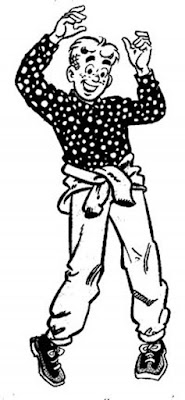John Muir
Self-portrait sleeping in Bonaventure Cemetery
Savannah, GA, 1867
John Muir walked from Jeffersonville, Indiana to Cedar Key, Florida in 1867. Muir walked all over the place. Throughout his peripatetic life, he would sometimes fall to sleep hungry and without a roof over his head but he always had a journal and a pencil.
Drawing was simply part of Muir's everyday life. For Muir, drawing was a way of seeing nature, of recording and sharing his experience.
John Muir's letters and journals are littered with drawings. Drawings include botanical descriptions, maps, landscapes, geophysical observations, the well known self-portrait sketch (above) and recordings of personal adventures and explorations, like his hike into Yosemite's Matterhorn (below.)
Whether by rough cartoons or skillful draughtsmanship, Muir conveyed grand expanses and sweet beauty close at hand, a rabbit in the grass (below) with a pencil point.

An inventor from an early age, Muir also used drawing as a way of designing and describing his devices.
The Hickory Clock
Design sketch, c. 1863
John Muir called his home office his "Scribbler's Den" and let it be known that writing did not come easy for him. But drawing seems to have. Still, I can find no quote or passage in which Muir actually mentions his drawing. That was probably because, to him, drawing was as natural as the weather.
I doubt that Muir considered himself an artist. If he thought about it at all, he understood that drawing helped him better see and comprehend the beauty and mystery of nature, to become one with what he loved.
The artist's signature?
"When we contemplate the whole globe as one great dewdrop, striped and dotted with continents and islands, flying through space with other stars all singing and shining together as one, the whole universe appears as an infinite storm of beauty."
Follow the links below to learn more about and see John Muir drawings and journals.
Many of Muir's drawings and journals are housed at The University of the Pacific Library Collection, others can be found. Others can be found at The Wisconsin Historical Society.
Most of the images in this post were sourced from John Muir's Wild America
Click here for books by and about John Muir.































